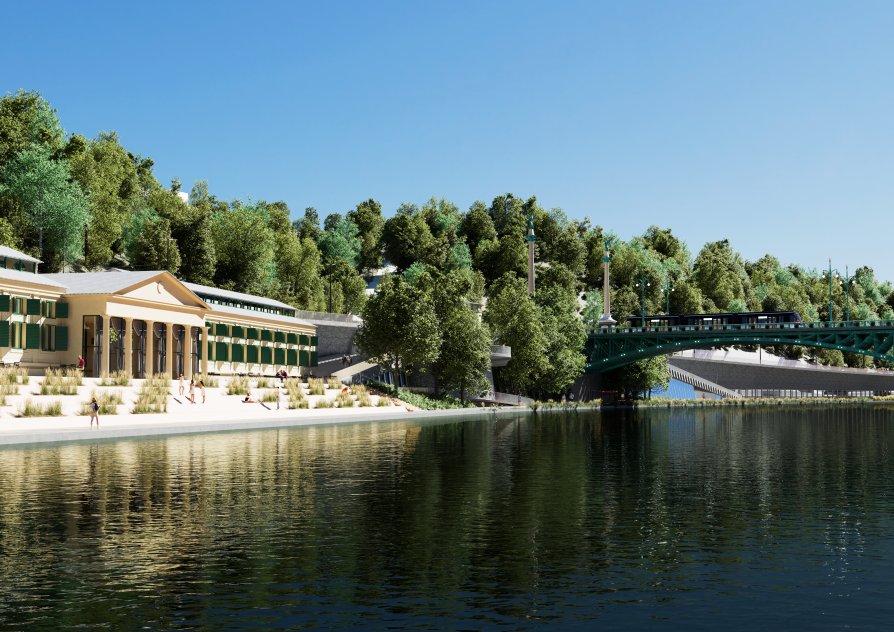Final projects

CONNECTIONS
Architecture and Urbanism, MA diploma project

Annotation
The thesis of Prague's departure from the UNESCO organization, triggered by the third competition for the Vytona bridge, marked a symbolic turning point in the approach to the city's memory and its contemporary interpretation. The architectural team's design, which sensitively combined the fragility of the titanium structure with the conciseness of the original morphology, nevertheless failed to convince the international commission. The commission visited the city for the last time - as if it had definitively closed a chapter in which an external authority was overseeing the authenticity of the city's identity. Paradoxically, this situation initiated a new relationship between the inhabitants and their own environment. Prague discovered the joy of caring for the city through the tools of contemporary architecture. The notion of the slow city entered the public discourse - a city that does not turn to the past with nostalgia, but with respect and the ability to find new meanings in original materials and spaces. One of the distinctive projects of this period was the revival of Letenský nábřeží, long discarded by car traffic. The transformation of the area, which meanders from the revitalized front of the government building along the sparkling Vltava line, was the result of a decade-long rehabilitation effort. The waterfront route culminated at the inconspicuously shabby but charismatic Vltava Philharmonic building, a structure that offered an experience until then exceptional in the Prague context: a view of the dynamically changing city skyline from a space that had itself undergone a careful reinterpretation.
